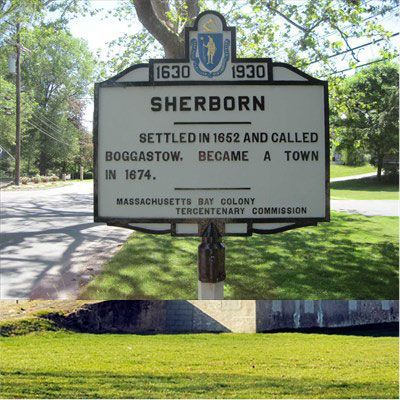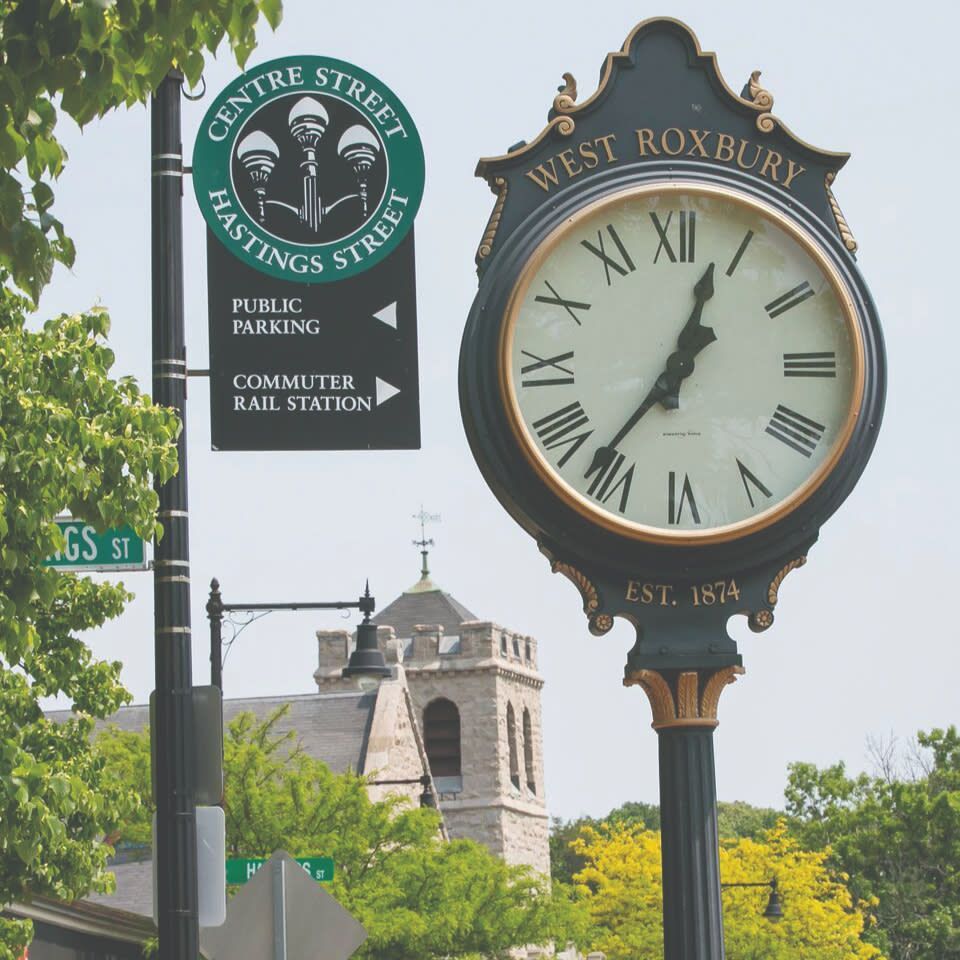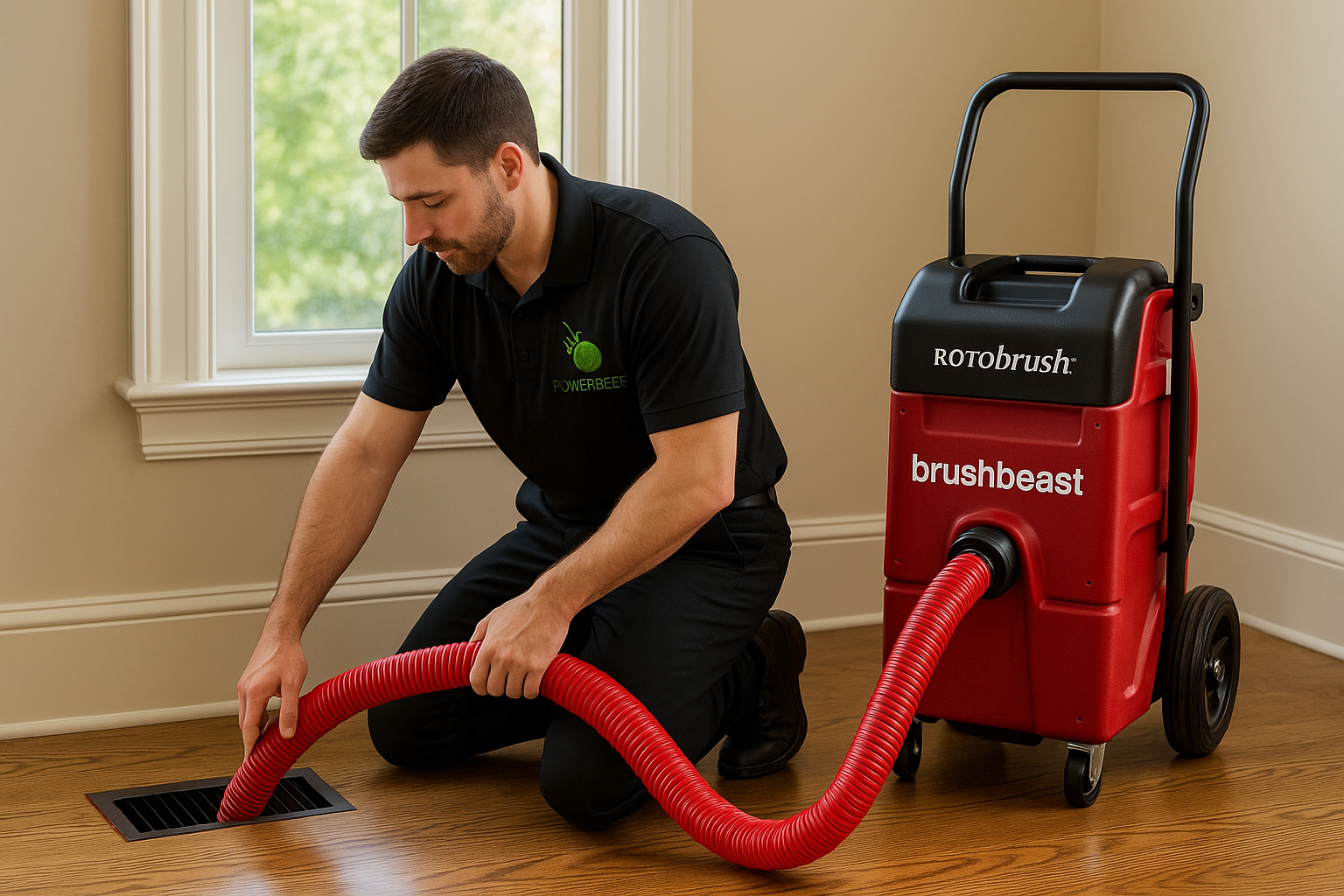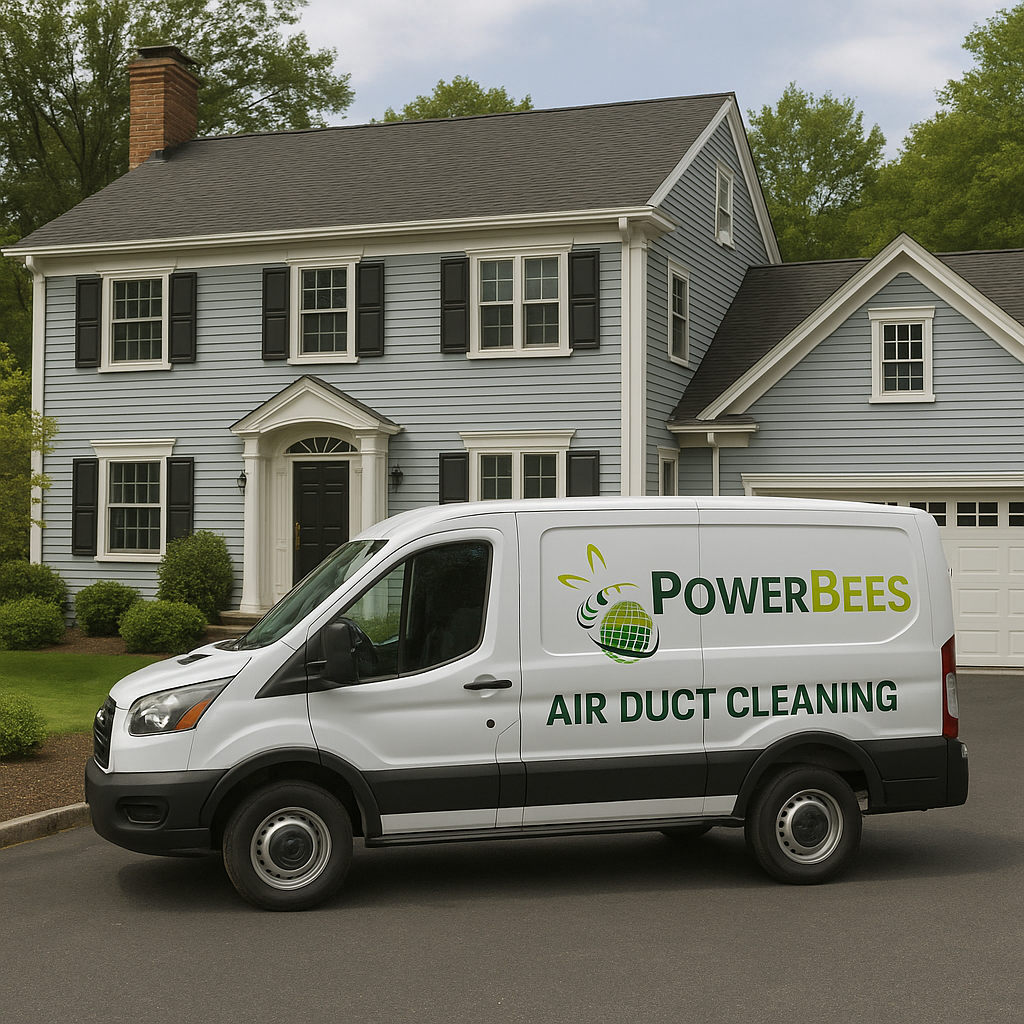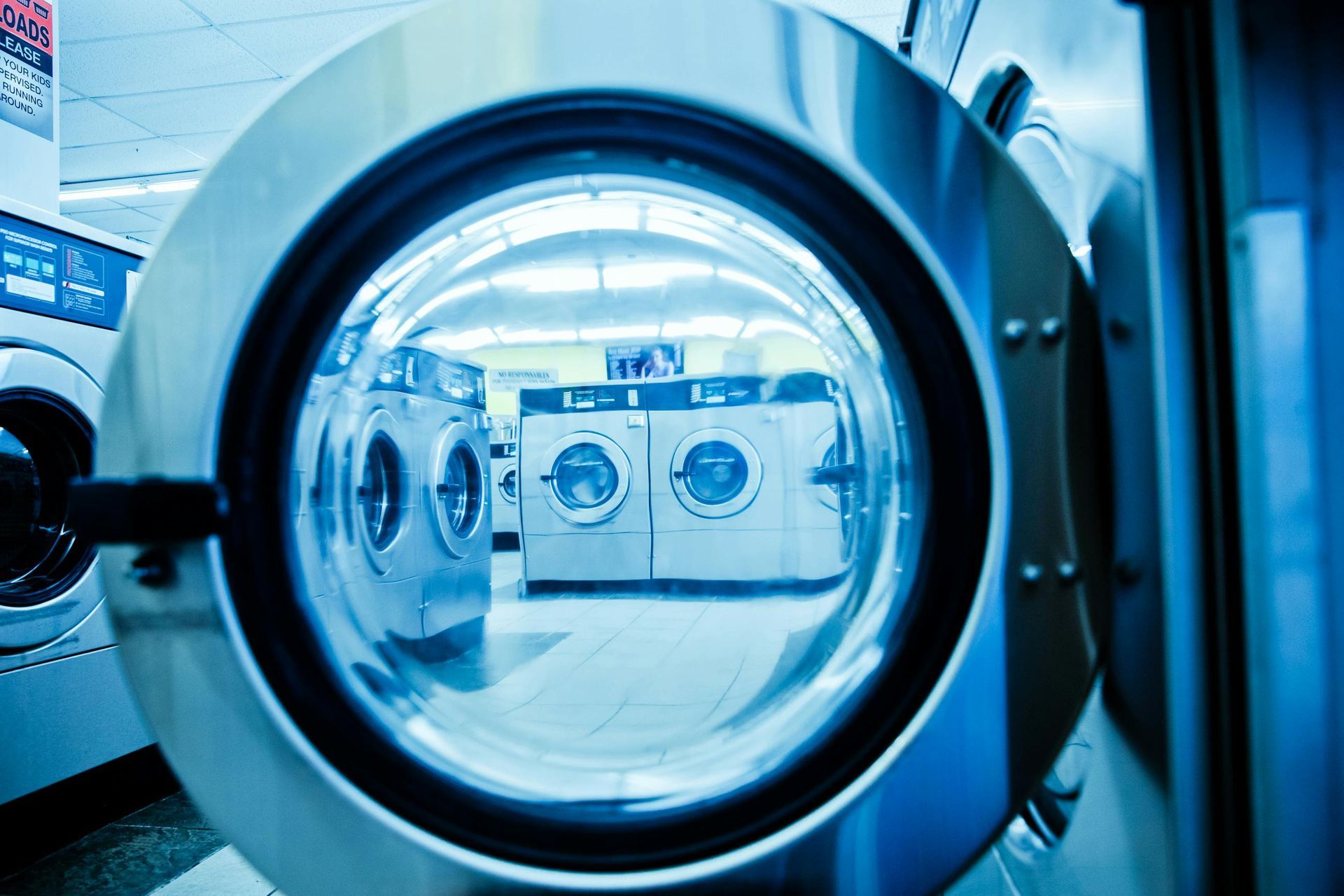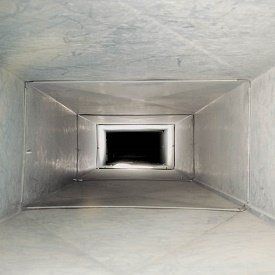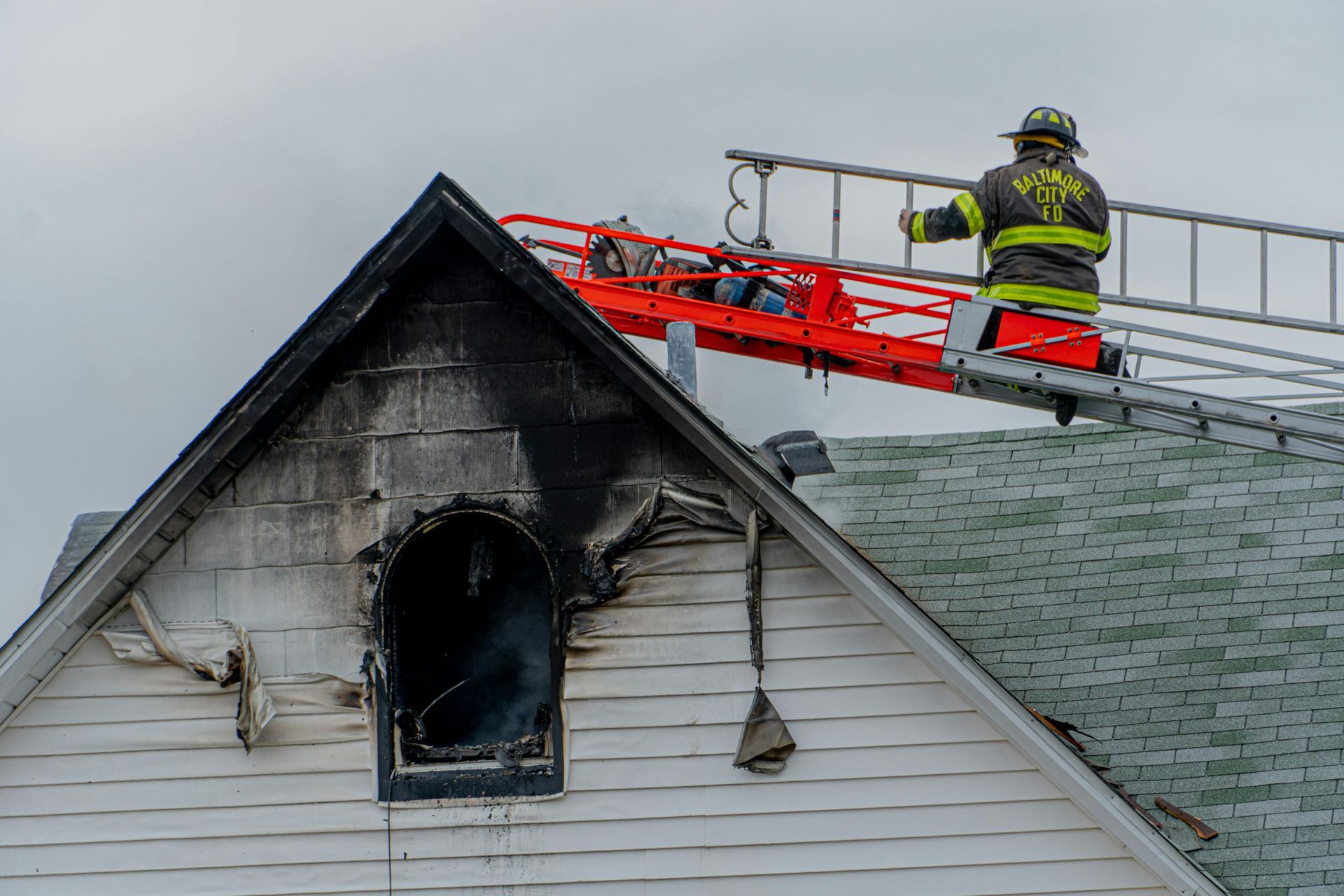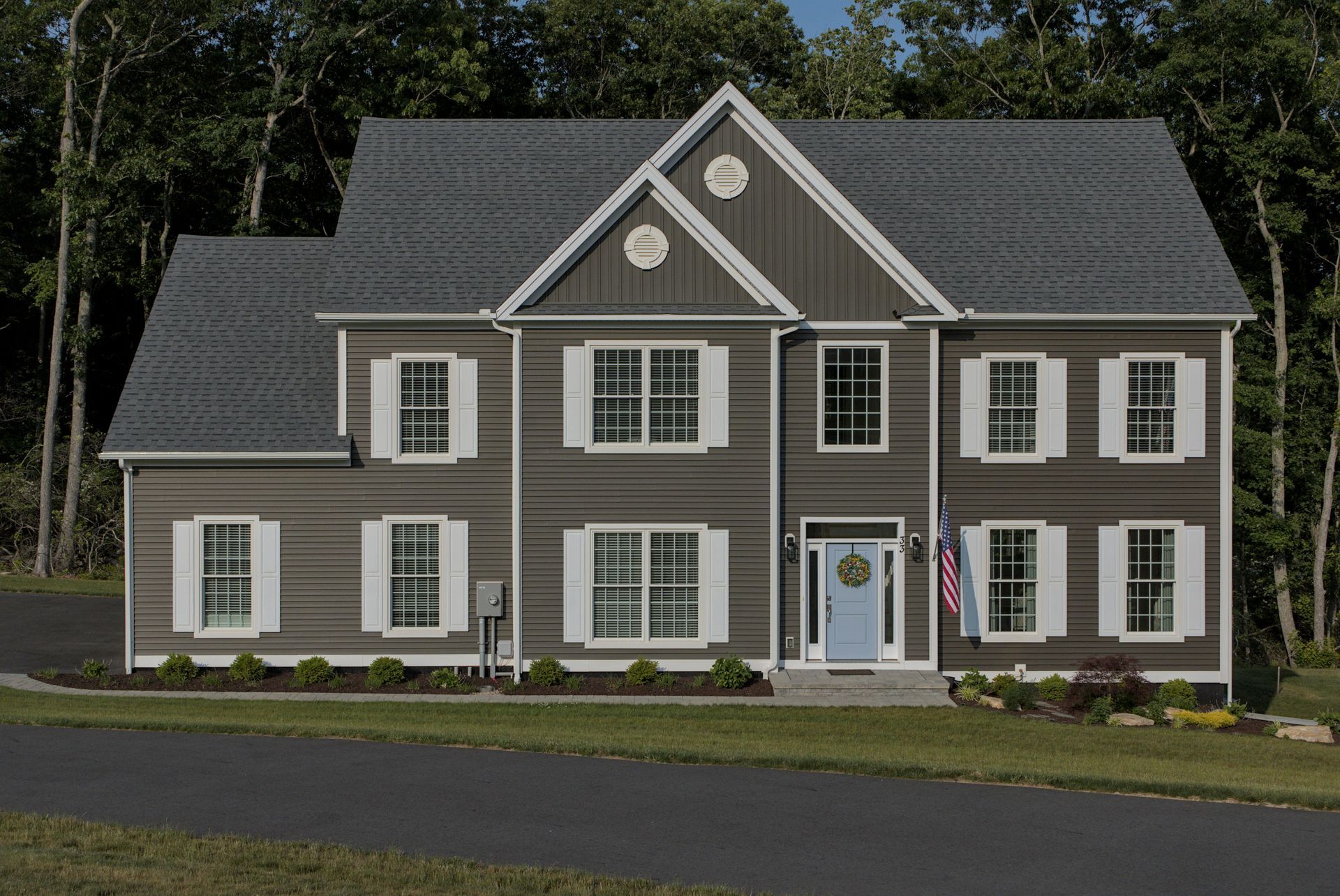PowerBees Helps Bedford Families Improve Indoor Air Quality Through Mold Testing
Boiler Leaks and Mold Growth: PowerBees’ Findings in a Bedford Ranch-Style Home
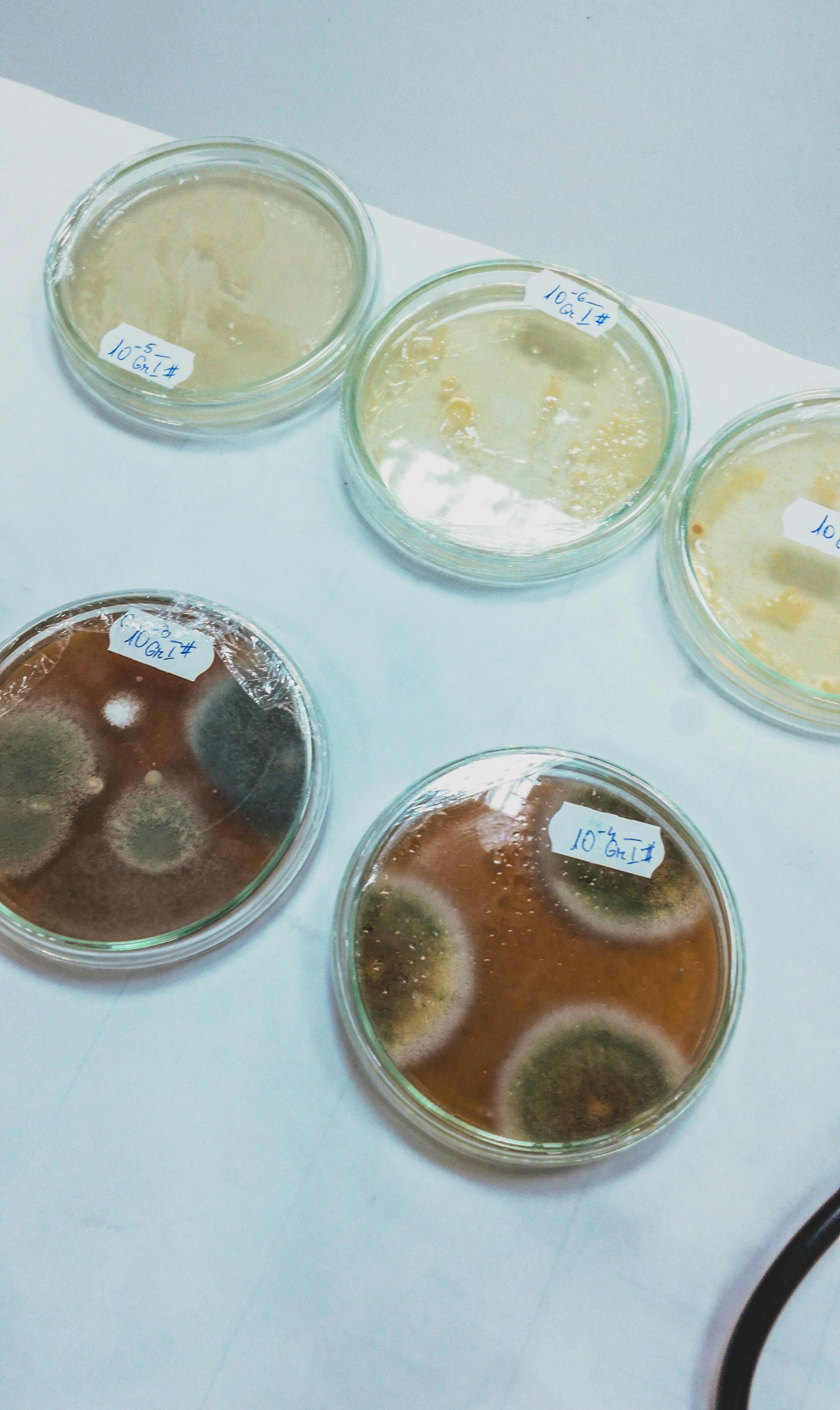
Mold Testing in a Bedford Ranch-Style Home
PowerBees, a leading indoor air quality company, recently conducted
mold testing in a ranch-style home in
Bedford, MA, built in 1963. The homeowner and her family have lived in this single-family residence since 2011 and recently reported water damage following a boiler leak in August 2025. The leak affected the boiler room and the adjacent finished office, saturating the carpet and lower walls. While the owners acted quickly by using fans and a dehumidifier to dry the affected areas, unseen moisture may have remained trapped behind the walls and under flooring—creating ideal conditions for mold growth.
PowerBees collected
four non-viable air samples and
one lift-tape surface sample at the property to assess the extent of the issue. Air samples were taken at the top of the basement stairs on the main level, in the basement boiler room, in the basement office, and outside the home for comparison. The results revealed elevated airborne levels of
Penicillium and
Aspergillus spores at the top of the stairs and in the office. The boiler room, interestingly, showed normal indoor spore counts. However, the lift-tape surface sample from the boiler room framing confirmed the presence of Penicillium and Aspergillus colonies. These findings suggest that while visible mold growth was contained in the boiler room, airborne spores had already spread to other areas of the home.
Why Mold Testing Matters—Even in Small Leaks
Water leaks, even small ones, can have long-lasting effects on indoor air quality. In this Bedford ranch-style home, the water damage appeared to have been mitigated promptly, but mold growth often occurs in hidden spaces such as behind drywall, under carpets, and in insulation. Mold testing helps identify these unseen colonies before they become a larger health or structural issue.
PowerBees’ testing approach—using air samples and lift-tape surface samples—provides a clear picture of what’s happening both on surfaces and in the air. Air samples detect airborne spores that could circulate through HVAC systems or be inhaled by occupants, while lift-tape samples confirm active mold growth on building materials.
Mold in HVAC systems can also be a concern. When mold spores enter ductwork, they can be distributed throughout the home every time the system runs. This circulation not only worsens indoor air quality but can also trigger respiratory symptoms for residents, especially those with allergies, asthma, or weakened immune systems.
Understanding Penicillium, Aspergillus, and Stachybotrys
Three of the most common molds found in residential environments are
Penicillium,
Aspergillus, and
Stachybotrys. While each can grow under different conditions, they all pose potential health risks.
Penicillium is known for spreading rapidly on damp materials such as carpets, insulation, and wallpaper. Although some Penicillium species are used in medicine and food production, others can release mycotoxins that irritate the respiratory system. Common symptoms from exposure include nasal congestion, sneezing, coughing, and skin irritation.
Aspergillus is frequently detected in homes and can cause allergic reactions, especially in people with asthma or weakened immune systems. Long-term exposure can lead to more serious health issues, including infections in the lungs. Since Aspergillus spores are microscopic and lightweight, they easily become airborne, making air testing essential for accurate detection.
Stachybotrys, sometimes referred to as “black mold,” thrives on materials with a high cellulose content—like drywall, wood, or paper—that remain wet for extended periods. Stachybotrys exposure has been associated with respiratory distress, headaches, and fatigue. Even though this type of mold wasn’t detected in the Bedford home, understanding its risks reinforces the importance of timely water damage response and mold testing.
The Link Between Allergies, Airborne Spores, and Indoor Air Quality
The homeowner in Bedford reported experiencing increased allergy symptoms over recent months. This may be related to the elevated levels of Penicillium and Aspergillus found in the home. Even when air samples show “normal” levels within a general range, individual sensitivities vary. For those who are allergic, even minor elevations in mold spores can cause nasal congestion, watery eyes, sore throats, and fatigue.
Because ranch-style homes often feature lower ceilings and interconnected living spaces, airborne mold spores can travel easily from basements or utility rooms into main living areas. This makes regular
testing for mold and maintaining good
indoor air quality essential to protecting family health.
PowerBees recommends remediation by a third-party mold removal company and the use of
HEPA filtration air purifiers in affected areas after testing. HEPA filters help capture mold spores and other allergens that would otherwise circulate indoors.
How Mold Grows in Bedford Homes
Like many towns in Massachusetts, Bedford experiences humid summers and cold, damp winters—conditions that can encourage condensation and moisture buildup inside homes. Ranch-style homes, which often have basements or slab foundations, can be particularly vulnerable to moisture intrusion through foundation cracks, plumbing leaks, or appliance malfunctions such as boiler leaks.
When water seeps into building materials, it can remain trapped long after visible signs of moisture disappear. Without professional testing, homeowners might not realize mold is present until health symptoms develop or odors become noticeable.
Interesting Facts About Bedford, MA
Bedford, MA, incorporated in 1729, holds a significant place in Massachusetts’ early history. The town is known for its role in the American Revolution—most notably, the
Bedford Flag, believed to be the oldest known battle flag in the United States. The flag was carried by the Bedford Minutemen during the battles of Lexington and Concord in 1775.
Another point of interest is
Job Lane House, one of Bedford’s oldest homes, dating back to the early 18th century. The house provides a glimpse into colonial craftsmanship and has been preserved as a museum. These historical landmarks remind residents that Bedford has long valued preservation—something that extends today to maintaining and protecting the health of its homes and families.
PowerBees’ Commitment to Healthy Indoor Air
PowerBees has earned a reputation throughout Massachusetts as a trusted leader in
indoor air quality. The company’s team performs professional
mold testing,
air duct cleaning, and
HVAC system maintenance across the region. Using industry-approved methods such as
air samples and
lift-tape samples, PowerBees helps homeowners identify, address, and prevent mold-related issues before they impact health or property.
Every PowerBees mold testing project includes detailed analysis, clear communication with homeowners, and tailored recommendations to improve indoor air quality. Their expertise in handling complex indoor environments—like multi-level ranch-style homes with older HVAC systems—ensures that testing is both thorough and accurate.
The Takeaway
The Bedford ranch-style home case demonstrates how even small water leaks can lead to elevated mold spore levels and potential health risks. The presence of Penicillium and Aspergillus underscores the importance of professional testing after any water incident, no matter how minor it seems. Homeowners can’t rely solely on visible signs of mold or odor to determine if a problem exists.
By working with an experienced indoor air quality company like PowerBees, Bedford homeowners can ensure their homes remain safe, healthy, and free from mold contamination. Regular mold testing, combined with preventive maintenance and prompt action after water damage, provides peace of mind—and helps keep homes as resilient as the community itself.
📞
Call PowerBees today at 1-508-276-8288 to schedule a mold testing appointment




